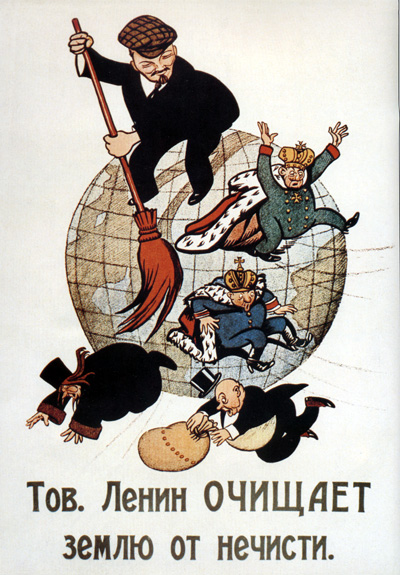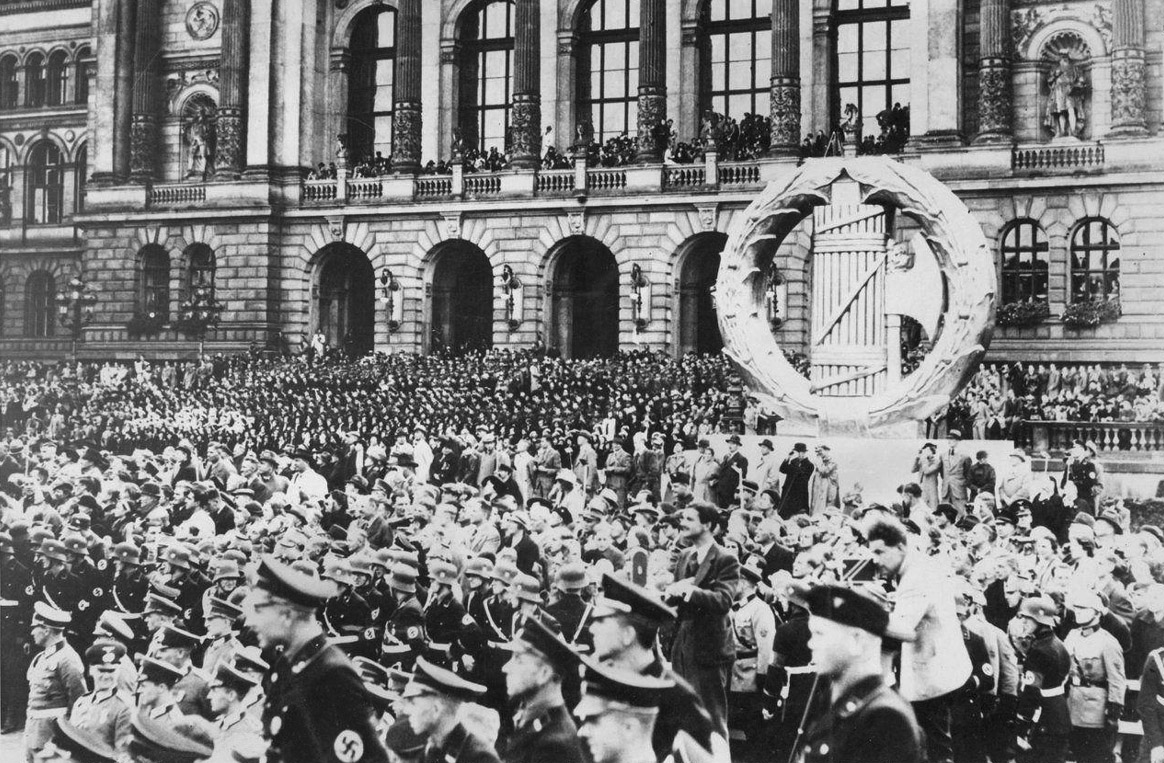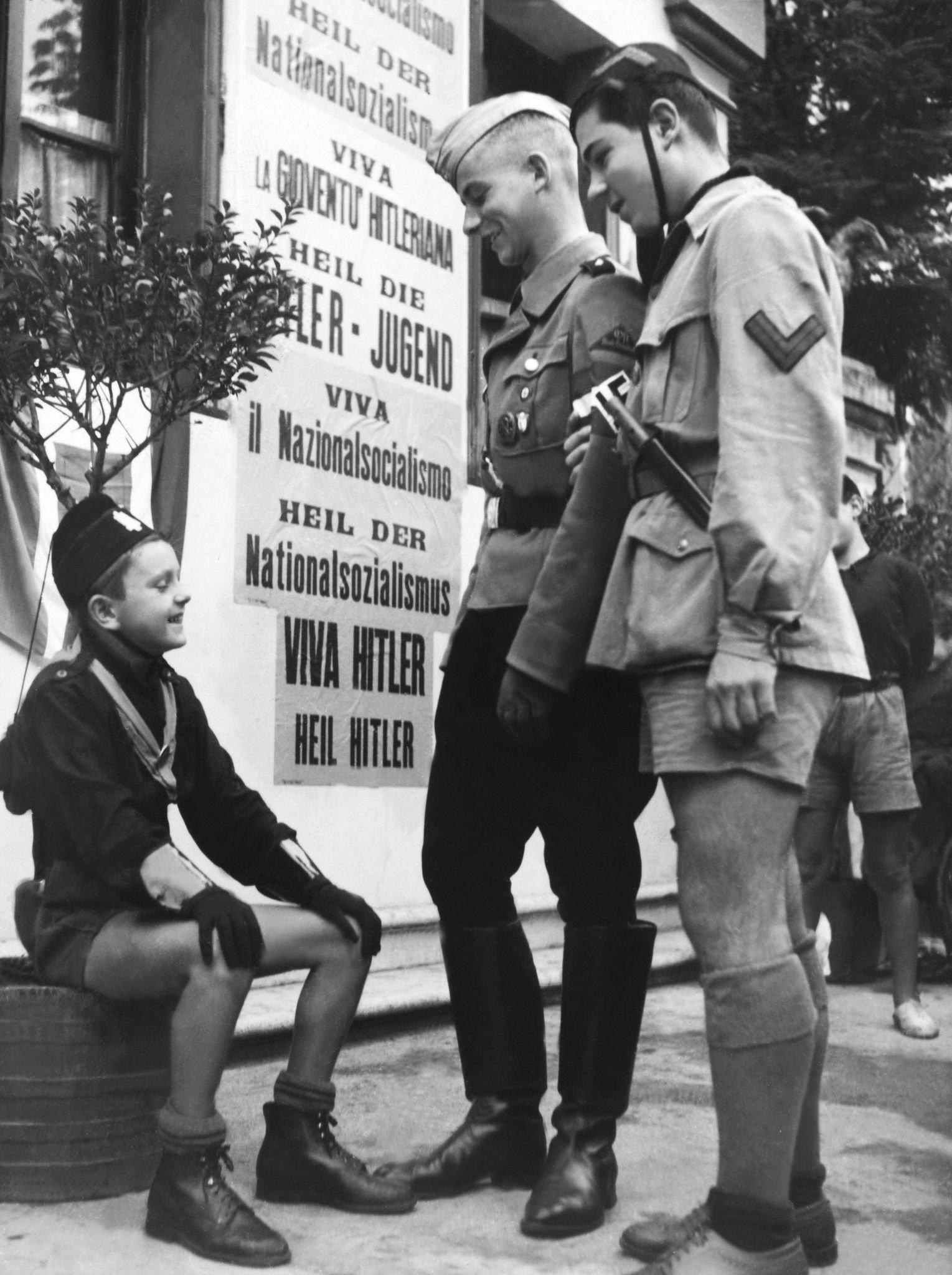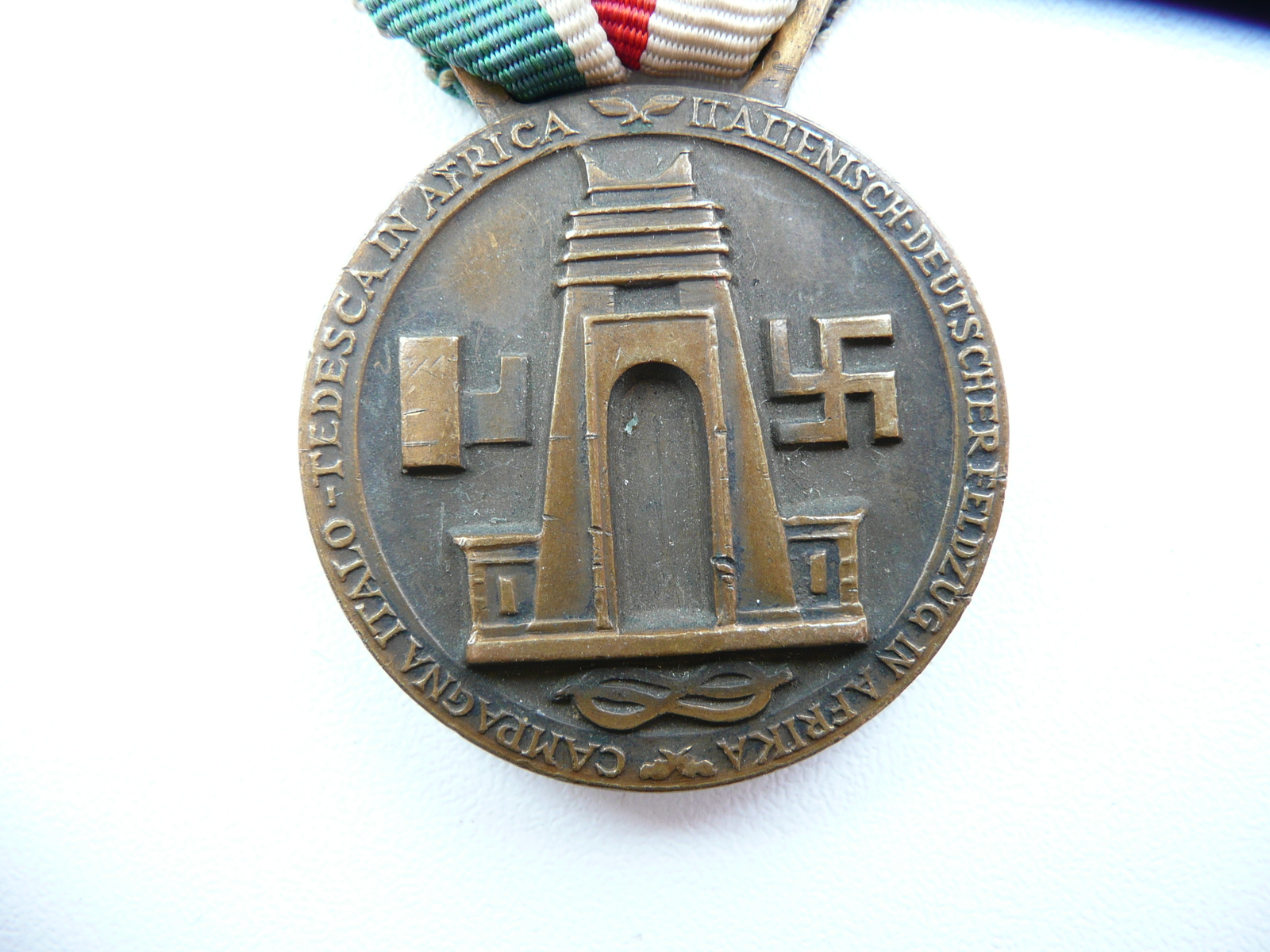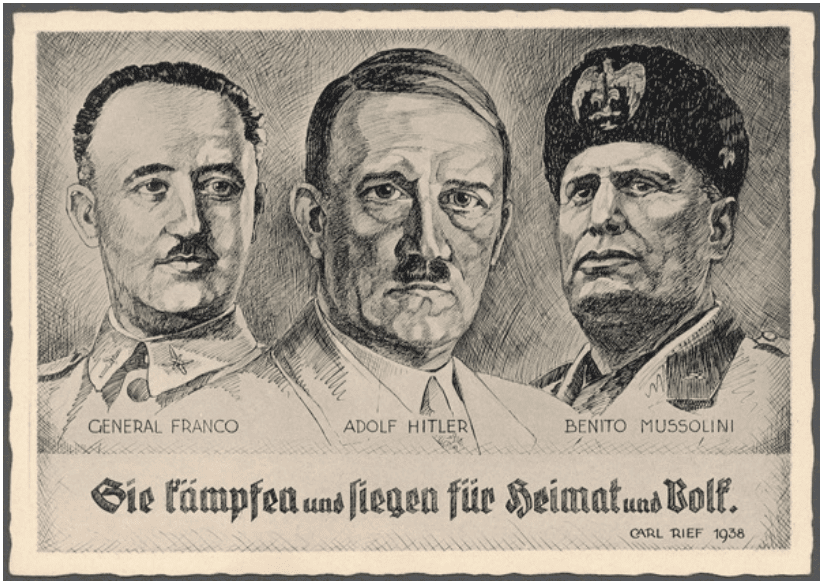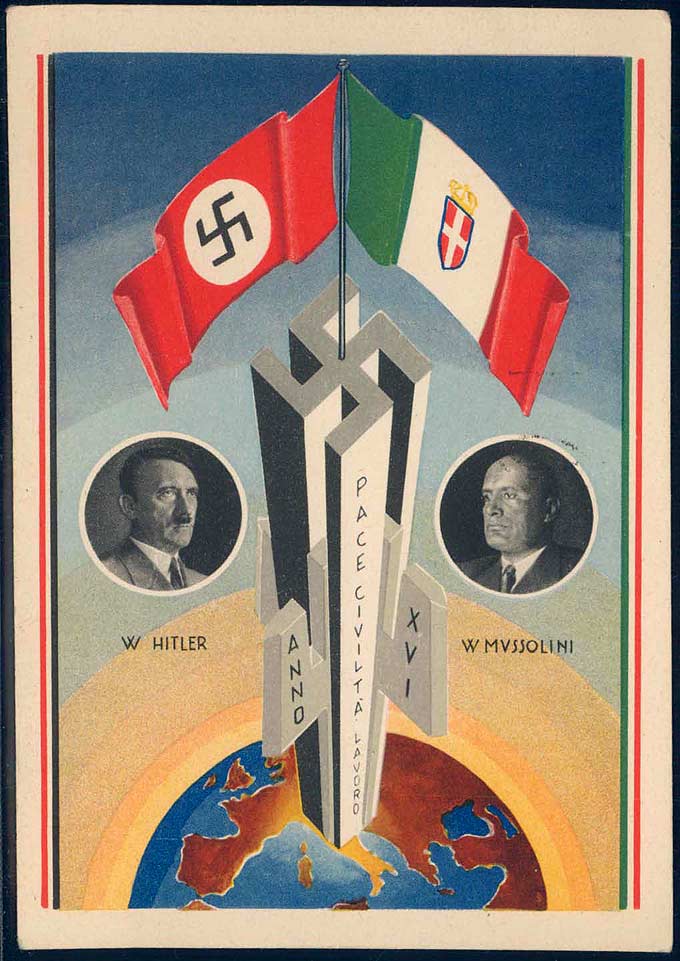(This story takes approximately ten minutes to read. Aside from the subjects of misogyny and white supremacy, it also mentions domestic abuse and menstruation, which a few readers may find too discomforting to read.)
Margot Liu née Holzmann had a talent for survival. A Jewish lesbian living in Berlin, she had endured [Fascism] in the 1930s. Yet, in September 1941 she found herself compelled to wear the Star of David. Rather than submit to its indignity and to the prospect of deportation to a concentration camp and eventual extermination, Margot found a way out.
At a birthday party that month hosted by her landlady Frau A., she met Chi Lang Liu, a Chinese waiter who had moved to [the Weimar Republic] in 1932. Margot knew that marrying this man would provide her with Chinese citizenship, thus shielding her from the [Third Reich’s] genocidal laws.⁶⁶
As her girlfriend Martha Halusa averred after the war, in an application to the committee on the ‘Victims of Fascism’ with the Berlin Magistrate, ‘my girlfriend (Freundin) Frau Liu married a Chinese man to save herself from evacuation.’⁶⁷
On 11 October, while celebrating Chi’s birthday, he and Margot had sex for the first time, at which point they decided to become engaged. Eight days later, Chi would claim, ‘Holzmann told me that she had not had her period and that I had to marry her then and there.’⁶⁸
When questioned about the episode some months later, Margot would swear to the police that her periods were highly irregular due to an unspecified ‘affliction of the womb (Unterleibsleiden).’ Unsure if her period was simply late or if Chi had indeed impregnated her, Margot averred, ‘I told Chi that I had not yet had my period without any specific purpose, whereupon he told his entire circle of friends, that I was bearing a little Chinese.’⁶⁹
She was not, as it turned out, pregnant. Margot married Chi on 13 November, securing Chinese citizenship. She was thereby ‘released from wearing the Star of David and protected from evacuation,’ as the Kripo would compulsively mention in their reports on the relationship months later.⁷⁰
Chi claimed that he slept alone on their wedding night, abandoned by his new bride for Martha’s bed in her apartment in the house of the S. family. When he arrived at Martha’s apartment two days later to see Margot, she finally allowed him to spend the night in the bed she shared with Martha. Only in December did Margot and Chi move together into a furnished room let by a Frau Kr. Martha took a room in the same building soon thereafter.⁷¹
Martha had met Margot 12 years earlier when they danced together at the Hamburg cabaret Alkazar. As Margot had lost friends and family to the inexorable progress of [Fascist] antisemitism — her mother died and her father ‘was evacuated,’ that is, sent to a concentration camp and likely exterminated — she relied on Martha more and more.
She would protest to the police investigating her for lesbianism, ‘it is understandable that I would confide in Halusa, who[m] I have been friends with for so long, and draw closer to her.’⁷² In Martha’s postwar application, in which she calls Margot her ‘partner’ and her ‘girlfriend,’ we have surer proof that they were indeed in a romantic relationship.⁷³ But while under interrogation by the Kripo, each woman did their best to deny lesbian proclivities.
Chi eventually noticed that Margot was carrying on an affair with Martha — ‘it became clear to me then that Halusa and my wife practiced lesbian love.’ This in turn had led to numerous arguments and fights between him and his wife. Margot eventually disappeared on 15 May 1942, whereupon Chi again moved and later filed for divorce.
That fall, the criminal police Streife West — not the KJ.M.II.2 division to which M. belonged — received an anonymous tip.⁷⁴ It is entirely likely [that] Chi himself sent it; Martha claimed after the war that Chi ‘denounced us several times.’⁷⁵ The tip claimed that Margot and Martha were lesbians and also engaged in [sex work].⁷⁶
The charge is not an unusual one, for, as noted above, lesbian women often engaged in [sex work].⁷⁷ Moreover, though [sex work] was not technically illegal, [sex workers] faced increasingly draconian regulations and persecution as the war progressed.⁷⁸
The tip prompted a detective K. to open an investigation and to invite Chi to provide information regarding his relationship with Margot. So perturbing did he evidently find Chi’s story, that three days later he visited Margot’s new residence in the apartment of a Frau St.
To his consternation, Frau St.’s 12-year-old daughter answered the door. He questioned her about Margot, and the girl affirmed that although she technically slept on the sofa of her mother’s apartment, Margot frequently bedded with Martha in a separate room. K.’s report concluded:
Through marriage the full-blooded Jewess Liu has now become a Chinese citizen. Both [she and Martha] practice lesbian love and the public is shocked, that lesbian love would be entertained between an Aryan and a Jewess, moreover there are children in the household who are thereby morally endangered.⁷⁹
It is curious that the race of each party constituted such a strong point of interest. While the Nuremberg Laws of 1935 had banned marriage and sex between Aryans and Jews out of the deep-seated [Fascist] fear of miscegenation, there was no danger of ‘mixed-race’ children resulting from Margot and Martha’s fornication.⁸⁰ Of course, the inspector could have believed [that] Martha and Margot had violated the laws that forbade Jews from socializing with Aryans; in either event, the report referred to no statute.
More important, the passage makes clear that Margot and Martha’s alleged crimes consisted not so much in loving each other, as in causing a public disturbance and exposing children to what K. considered morally deleterious behavior. What his report counter-intuitively brings to light, however, is that none of the individuals either women came into contact with seemed the slightest bit distraught by their alleged lesbianism.
The detective noted no perturbation on the part of Frau St.’s daughter, nor from the landlady herself (it seems [that] he did not even speak to her). That is, despite claiming ‘the public is shocked’ by Margot and Martha’s behavior, K. did not take down a single expression of surprise, anger, or shock in his report. This is peculiar, particularly because he would soon thereafter forward the account to division KJ.M.II.2, where it would be used as evidence to build a case against Margot and Martha.
Even stranger, no report in the entire file from either division notes the slightest irritation or amazement on the part of any of the numerous landladies with whom the pair lived during the months encompassed in the file. Nor were any of them asked to give evidence.
The next day, inspector K. transferred the file to M. at KJ.M.II.2 ‘for jurisdictional reasons.’⁸¹ Several weeks thereafter, on 15 October, M. brought in Margot and Martha. The two women had a very different story to tell. Margot contested having ever been in a same-sex relationship with Martha, asserting instead, ‘before the promulgation of the Nürnberg laws [of 1935], I was intimately friendly with the German-blooded Hans S. for six years.’
Moreover, she characterized Chi as a Janus-faced ruffian, telling the police that, ‘before the marriage, my husband had only shown himself in the best light. On the day of our marriage my husband was as though changed. He treated me like his maid and hit me numerous times thereafter.’⁸² Chi apparently told her, in the presence of their landlady, that he would connive to put her in jail. He further threatened that if this did not work, he would stab her to death.⁸³
At this stage, Margot’s statement took a bizarre turn. Though unsuccessful in convincing the police of her heterosexuality, she had effectively denied the allegation of prostitution, proving to the inspector that she had recently found employment.⁸⁴
The police left the question of whether she had previously prostituted herself unanswered. But Margot used the question of employment to attack her husband, underscoring that he only appeared to work.
While she had kept the household together by selling over 2000 Reichsmark (RM) worth of clothing, her husband called in sick from work and frittered his time and savings away gambling.⁸⁵ When they first married, he had described his predilection to her ‘as a harmless social game. It has to do with playing ‘Ma Jong’ and various other games of chance.’⁸⁶
Shortly before Easter 1943, however, Chi disappeared. He called Margot three days later, demanding that she bring him something to eat on Dresdener Straße. She described the scene that confronted her thus:
I saw around thirty people at the table and standing around the playing table. Massive sums of money lay on the table. When I entered, everyone became agitated and my husband sprang up from the playing table, and shoved me through the door.⁸⁷
Margot had caught the barest glimpse of a gambling ring. She later reported to M. that, according to Chi’s friends, he had won around 15,000 RM at these games, which brought Chinese men ‘from all cities in Germany and also from Vienna, who had come to Berlin only for the purpose of the game.’⁸⁸
If Margot is to be believed — and it is possible that she simply possessed an overactive imagination — then dozens of Chinese citizens traveled from all corners of the Reich to take part in an underground racket. This is doubly curious as Germany’s 1939 census showed a mere 1,138 Chinese living in the Greater Reich. After the onset of hostilities between China and [the Third Reich] on 9 December, 1941, the régime began interning some Chinese citizens in concentration camps and deporting others.⁸⁹
When Martha came to the police station, she gave a short statement in support of Margot. She contested at the outset, ‘I am normally sexually inclined and have never had intimate relations with Margot.’ While Martha did admit to practicing [sex work], she insisted [that] she regularly visited a doctor to check for venereal diseases, a routine practice in [the German Reich] for regulating and monitoring [sex workers].⁹⁰
At the end of her statement she made a ham-handed attempt to discredit Chi, indicating that he had called Chiang Kai-shek, the leader of independent China, his Führer and that ‘he said, that Chiang Kai-shek is good and [that] Hitler is bad.’⁹¹
For Margot, the investigation seems to have turned out well on balance. On one hand, M. did not believe either woman’s avowals of heterosexuality. He noted in particular, ‘that the prostitutes in Berlin’s West say of Halusa and Liu that they entertain an intimate relationship.’⁹²
He further indicated — just as in the cases above — because Margot and Martha ‘were not previously registered as lesbians with us (sind als Lesbierinnen hier karteimäßig bisher nicht bekannt geworden),’ that ‘registration cards have been provided for (Karteikarten wurden angelegt).’⁹³ Again, the purpose and significance of the registration remains unclear.
M.’s report mentioned that Chi’s lawyer had promised [that] Margot would keep her Chinese citizenship if she assumed fault for the marriage’s dissolution. While he referred Chi’s case of gambling to the state police for further investigation, the shield of foreign citizenship apparently continued to protect Margot.⁹⁴
Given that the government had begun taking Chinese into custody after China declared war, it is frankly bizarre that the criminal police would insist, in multiple documents, on the protections conferred a German Jewish lesbian by virtue of her de jure Chinese citizenship.
Not only did the police detectives persistently insist that Margot’s Chinese citizenship safeguarded her from deportation to a concentration camp, they also demonstrated remarkably little interest in finding a way around this seemingly legalistic hurdle.
As in each of the cases above, M. sent the case file to the state’s attorney at the district court in Berlin. There is no record, however, of what, if any, conclusion [that] the state’s attorney or court reached on the matter, and here the criminal police record drops off.⁹⁵
But Martha’s 1945 application provides a sketch of what happened to the couple. Of the denunciations by Chi she claimed that the two of them escaped unscathed, ‘because we made his behavior out to be an act of revenge.’⁹⁶ She indicated that they began printing anti-fascist flyers in 1943 and that they stayed hidden for the rest of the war, living on Swinemünder Straße.⁹⁷
Walking her dog one evening, Martha claimed [that] she ran into the owner of a nearby store and her boyfriend. In February 1945, this pair invited Martha and Margot, who[m] they knew were a couple, to a birthday celebration, where ‘anti-Nazi conversations took place.’⁹⁸
Unfortunately, they were Gestapo agents and the party was a trap. Margot and Martha were arrested and taken to the SS prison on Oranienburgerstraße. If they had escaped the Kripo without much trouble, their interrogations at the hands of the Gestapo were heinous:
The questioning was terrible; but my girlfriend Frau Liu had it the hardest, because she was dealt with in the most inhuman way not only for political reasons, but also because she is a Jew. After one interrogation she was so battered that I could hardly recognize her. The Gestapo inspector Heinz let out his entire rage on my girlfriend. The Gestapo bureaucrats told us that we were candidates for execution (Todeskandidaten).⁹⁹
Martha was charged with treason and other political crimes. With Margot she was transferred to a Gestapo prison. In April, as the [Soviets] advanced on Berlin and the régime was frantically destroying files, the couple was summoned to a hearing. The soldier escorting them ‘whispered, be brave, the Russians are in Bernau, files are all destroyed, lie to get yourselves out of here (lügt euch raus).’¹⁰⁰
That is precisely what they did. Martha and Margot told the Gestapo official that they were in prison merely for having made statements against the régime while intoxicated. Margot remained mute about her Jewishness. They were instructed to take themselves to the Oranienburgerstraße Gestapo offices, which they did not do. As soon as Margot and Martha were set free, ‘we hid ourselves for four more days until the Russians came. Then finally we were saved and the Hitler-régime was destroyed.’¹⁰¹
